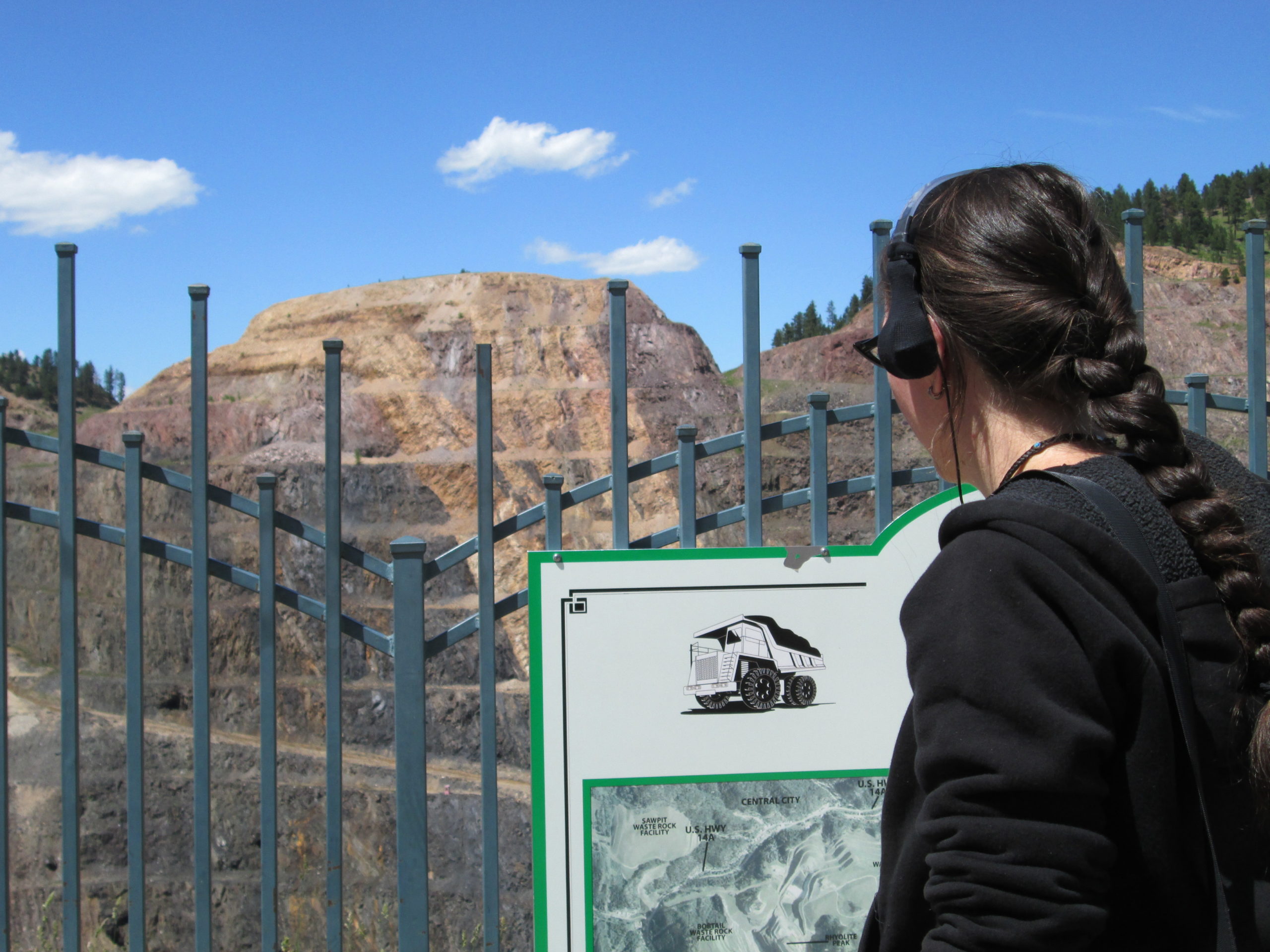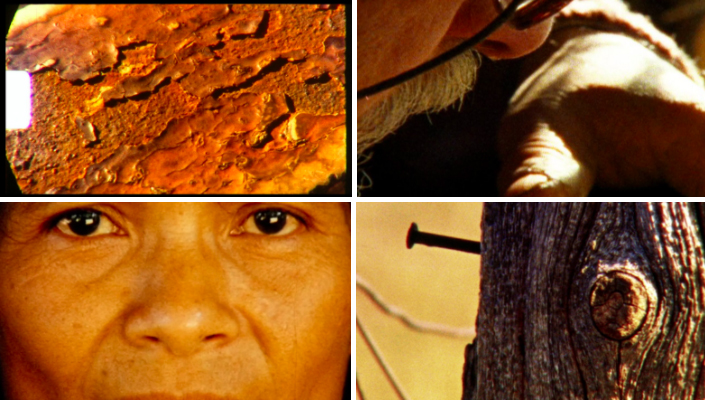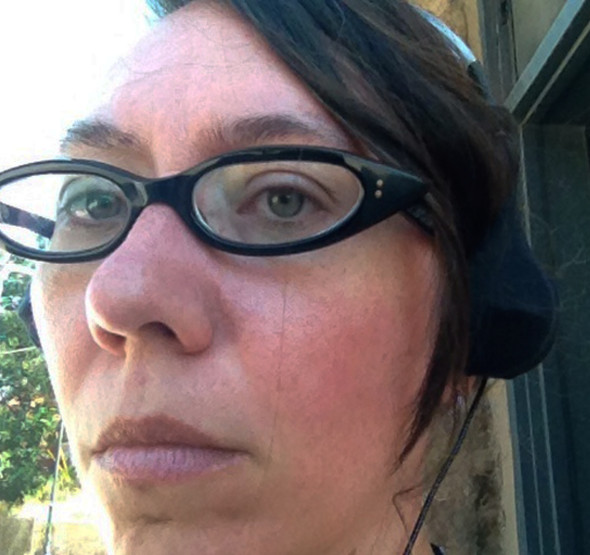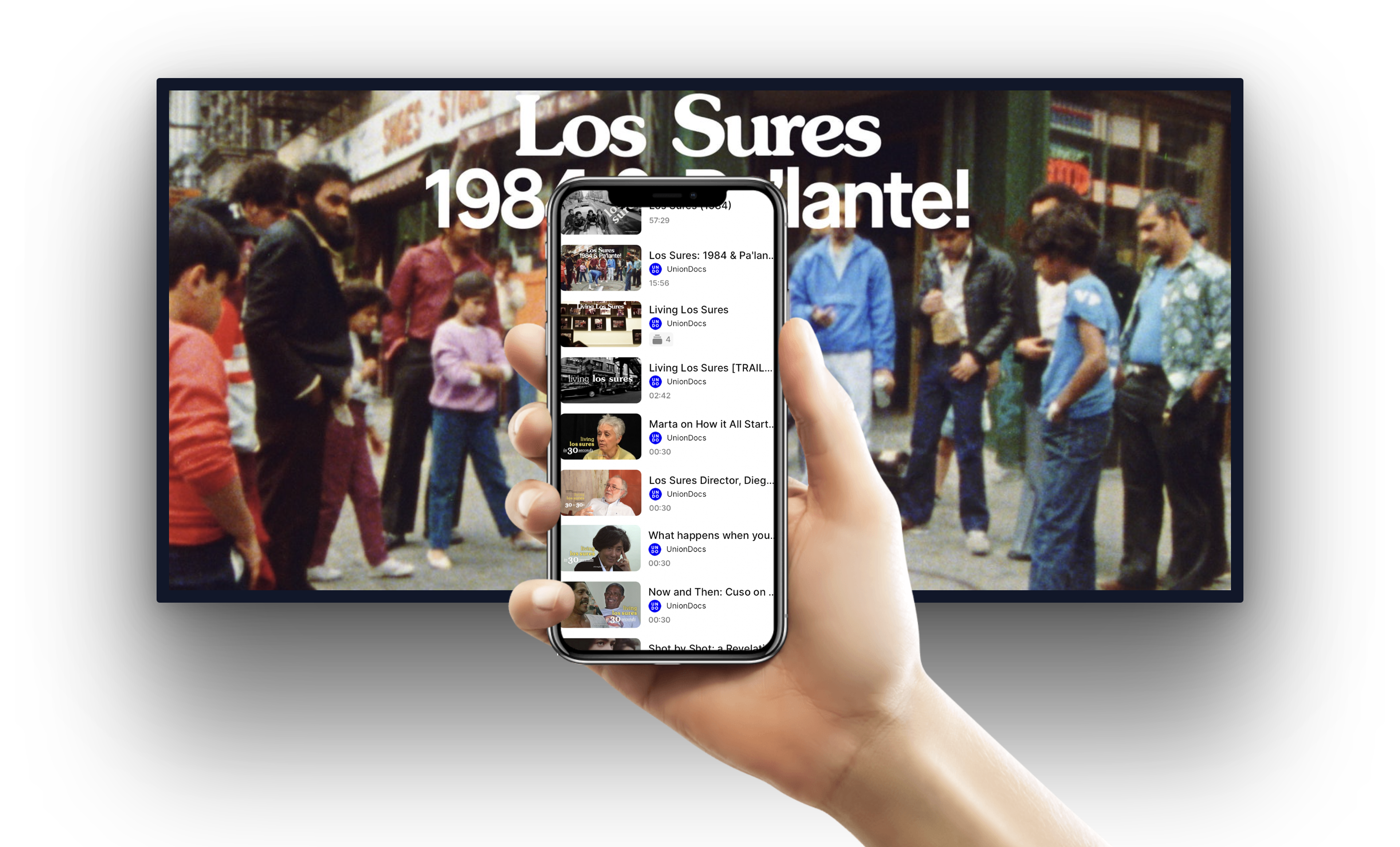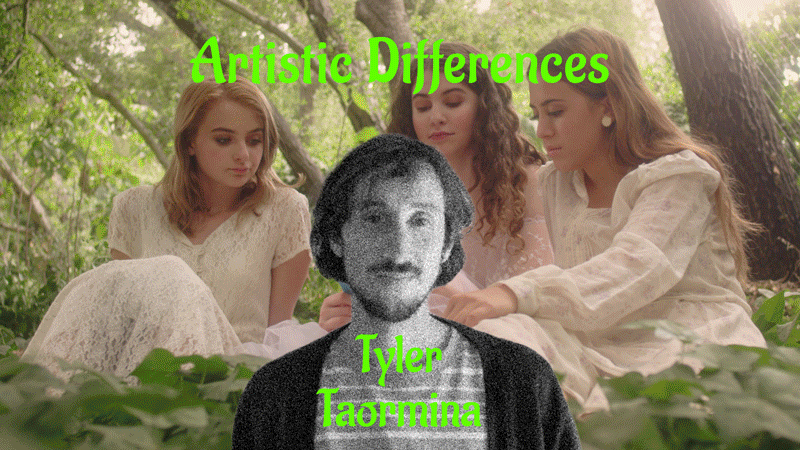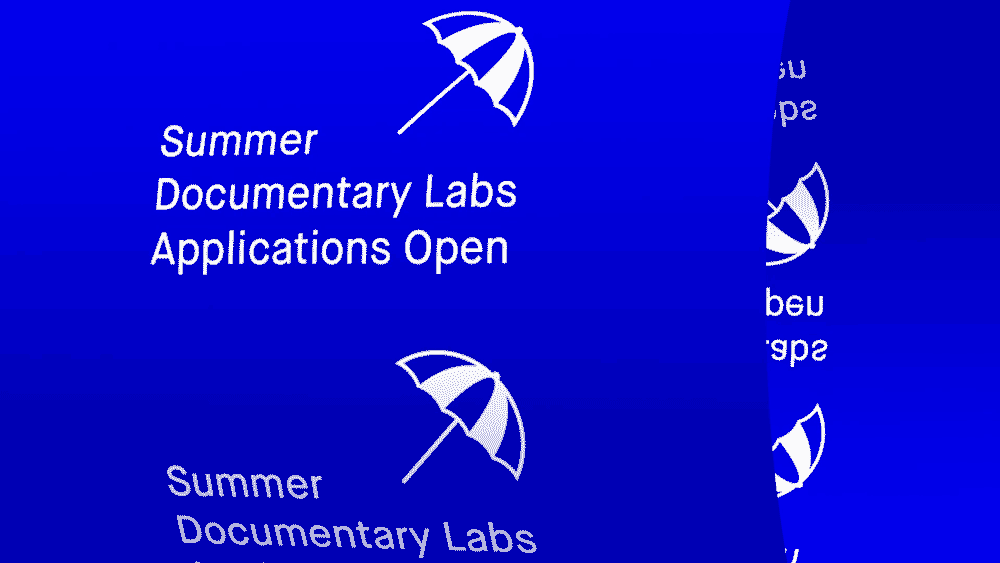Dec 6, 2015 at 7:30 pm
Stone Tape Theories: Hearing, Haunting, and the Memory of Materials
With Kevin T. Allen, Jen Heuson and Shannon Mattern.
“Think of a record that’s kind of stuck, and it’s playing itself over and over again,” he told me. These are not cognizant ghosts, but the energy of past events trapped in things.
A stone tape is a material object that has “recorded” the energy of a past event. Widely popularized by British author Nigel Kneale in his 1972 teleplay The Stone Tape, beliefs in the recording ability of objects and environments span the practices of heritage preservation, paranormal investigation, sound and media theory, and spiritual pilgrimage. But if materials do, in fact, record the past, how do contemporary encounters act as instances of playback? Through a focus on sound, hearing, and listening, we will take up this question as an opportunity to interrogate what a sound recording is and what it does. How do we listen to and through material objects? How do we hear a mood or feeling? What is the sound of a memory or a myth? From experiences of haunting to early sound recording techniques to atmospheric design, we will trace a genealogy of stone tape theory and will discuss how these apply to our own scholarly and artistic practice.
Through field recordings, film screenings, and archival examples, this evening will explore the relationships between the social and sensorial practices of hearing and listening and material objects ranging from vinyl to ghost towns to sacred stones. Works presented are grounded in years of non-fiction filmmaking and sound research and include investigations into aural politics, expanded sound recording techniques, and heritage production in South Dakota. The evening will culminate in a panel discussion about the relevance of stone tape theory to media archaeology, archaeoacoustics, aural heritage, sound theory, and non-fiction filmmaking.
Program
SOUNDING WESTERN (field recordings), by Jen Heuson
8 min., 2012-2013
A selection of four field recordings from South Dakota’s Black Hills, one of the most popular and contested tourist regions in the United States. Marketed as “the most marvelous hundred square miles on earth,” the region is home to Mount Rushmore and Crazy Horse Memorials, Deadwood, the Badlands, and the Sturgis Motorcycle Rally. It is also a sacred land called “the heart of everything that is” by local Lakota peoples. Through these field recordings, we attempt to listen for the legacies of colonial exploitation embedded in ways of hearing and listening.
Center of the Nation, Belle Fourche, 2013, 1m
Running Elk and Josephine, Custer, 2012, 0m30s
Crazy Horse Night Blast, Custer, 2012, 2m30s
Closed Cut Fireworks, Lead, 2013, 3m30s
LEAD (film), by Jen Heuson
4 min., 2012
A time-lapse document of the ex-mining town of Lead, South Dakota, home to George Hearst’s Homestake Gold Mine. 8,000 feet beneath this small mountain town are the artifacts of more than a century of gold mining. Today, the old mining caverns house dark matter experiments a mile underground, while the surface continues to resound with everyday life.
BRIDGE (film), by Kevin T. Allen
11 min., 2013
A study of three similar but distinct microcultures: the Manhattan Bridge, Brooklyn Bridge and Williamsburg Bridge. Interrogated through the use of contact microphones, the physical infrastructures of these bridges become audible and reveal their inherent macroacoustics. The film treats the bridge as an anthropological body for discourse, as a physiology of limbs, organs, eyes and ears moving in time.
REAL WEST (film), by Kevin T. Allen
11 min., 2013
An experimental portrait of two roadside ghost towns in South Dakota. It is also the tale of the two elderly proprietors who devotedly maintain these sites. Such roadside attractions conjure the mythical West through material and cultural artifacts, from a decrepit wagon wheel to an out-of-tune player piano. Tourists are encouraged to not only experience, but also to re-enact these historical environments. The film uses contact microphones and super-8mm film as archaeological tools to uncover the material traces of this living history.
84 min
Jen Heuson is a scholar, filmmaker and sound ethnographer. Her films have screened internationally at venues as diverse as FLEX Fest, Big Muddy, Black Maria and the Margaret Mead Film & Video Festival, and she has produced sound ethnographies of the Peruvian Amazon, New York City and South Dakota’s Black Hills. Jen earned her PhD with distinction from the Department of Media, Culture, and Communication at New York University. Funded by the Wenner-Gren and Reed Foundations, her research explores how heritage and tourist experiences are made and managed through sound. Jen is currently working on a film about aural sovereignty and a science-fiction novel exploring stone tape theory in South Dakota. She teaches media ethics at The New School and critical media analysis at New York University.
Kevin T. Allen is a filmmaker, sound artist and radio producer. He has exhibited at numerous venues, including MoMA, Ethnographic Terminalia, Flaherty NYC, Margaret Mead Film Festival, Berlin Directors Lounge and Ann Arbor Film Festival. His sound work has been featured at museums and festivals, including the Canadian Centre for Architecture, Third Coast International Audio Festival and Deep Wireless Festival of Radio Art. He has made ethnographically imbued films in Vietnam, Sri Lanka, India, Peru, Bolivia, Argentina, the Wild West, and the migrant farm worker community of Immokalee, Florida. Recent research has lead him to find culture not exclusively in human forms, but also inherent in physical landscapes and material objects. His work is funded through the Jerome Foundation. He teaches documentary practice and film form at The New School.


